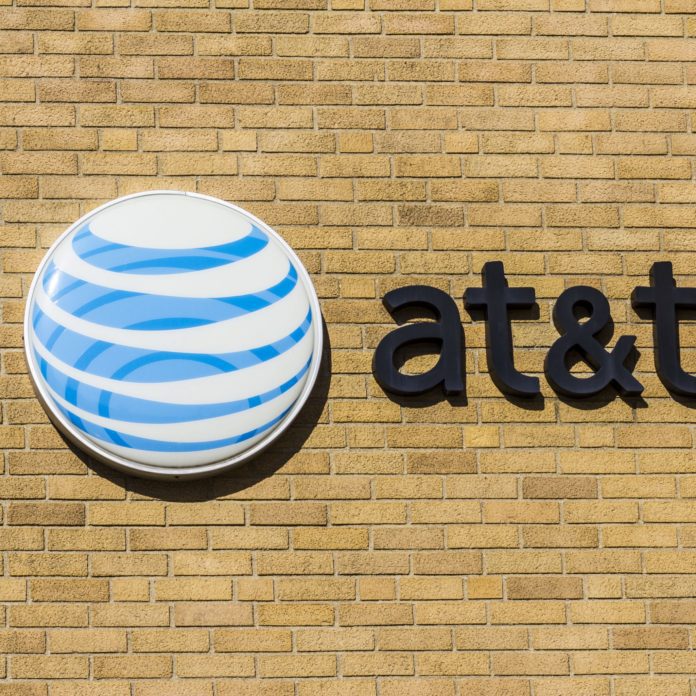Engineering challenges abound in 5G testing and trials
AT&T has been testing a variety of technologies as it moves toward gigabit Long Term Evolution and 5G. In June, the carrier announced the results of License Assisted Access testing that it conducted in San Francisco as part of its plans to implement LAA in unlicensed spectrum to boost LTE speeds. AT&T has also begun testing four component-carrier carrier aggregation. The carrier has started rolling out limited access to LTE Advanced Pro features in markets such as Austin, Tex. and Indianapolis, Ind. under the banner of its “5G Evolution” initiative. In Austin, it is also exploring fixed wireless access, which is commonly seen as the first commercial use case for 5G technologies.
Hank Kafka, VP of access architecture and analytics, is responsible for AT&T’s last-mile wireless and wireline access — although he says that these days, “last-mile” is more like the last 200 feet to connect customers. Some things about the jump to 5G are similar to previous moves to a new generation of wireless technology, Kafka said: putting a new radio waveform into new bands.

However, some aspects are unique to 5G, such as designing for the ability to run multiple types of waveforms in a single channel via network slicing. Also, Kafka said, the jumps from 2G to 3G to 4G revolved largely around working in similar, sub-6 GHz bands and adding new features to improve efficiency and speed.
5G, he said, is a much larger generational leap because it involves both new technology and new bands at millimeter wave frequencies. While mmwave in itself isn’t new to the industry, he added,
“Millimeter wave has a lot of interesting characteristics,” he said. “We’re trying to understand it for a lot of different reasons, and one of the reasons it to get the standards right. The characteristics of millimeter wave can shape how you want to shape certain aspects of the standards, which is one of the reasons to start really early on it and start the testing and measurement of it, so you can understand it better. The second reason is to help understand the best way to use it, and how to build and design networks and get it out in the real world. Those have kind of been the themes behind what we’re doing, starting over a year ago with lab testing of systems.”
Kafka said that AT&T explored a number of potential frequency bands in the lab, from sub-6 GHz all the way up to 73 GHz. Beyond its planned commercial trials, the carrier has focused its testing efforts on filling gaps in knowledge about the mmwave spectrum environment.
One of the instruments that AT&T is using to get better channel visibility in mmwave was its Porcupine 5G channel sounder, developed in partnership with National Instruments. The Porcupine takes very fast measurements of multiple paths and the delay environment, Kafka said, likening the instrument to “a high-speed microscope” that provides detailed insights on angle of arrival and reflections. “We saw a need to measure things faster and in real-time,” he said.
AT&T also saw a need to better understand how long-term seasonal changes, such as foliage cover, would impact 5G networks. At one of its campuses, the carrier built a long-term outdoor test system with a number of transmitters and receivers — some line-of-sight, others behind trees — so that it had better insight and data into how weather events and seasonal changes affected mmwave transmission.
“This gives us the other extreme from the 150-millisecond measurements [of the Porcupine],” Kafka said. “We’re not getting that detailed view of every ray and reflection, but we are getting a view of, this is what is happening in general on the signalling, and it’s set up so that we can measure not just the intended direction of the signal, but the stuff that is going on between the sites so you can see what happens to the background noise and interference aspects as well.”
He said that thus far, that test system has yielded information about the affect of rain and weather as well as insights about propagation in relation to different types of trees, all of which will be important as 5G networks evolve into planning phases.
“Overall, I think it’s going well,” Kafka said. “There is still a lot of work that needs to be done, but the progress is going well and we’re putting in a lot of time and energy into it.”

